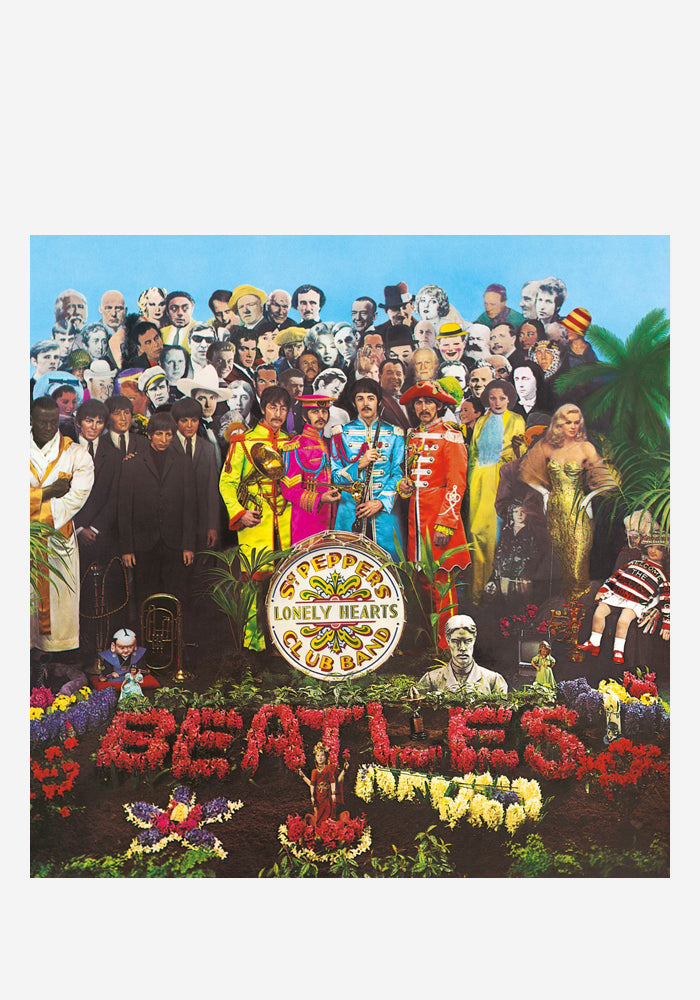

Kite!” and the two thunderous orchestral glissandos of the climactic “A Day in the Life” now threaten to lift one’s head off the shoulders Lennon’s double-tracked vocals on both numbers emerge as his most sensitive and nuanced singing in the Beatles catalog.Īdditional alternate tracks make for a more profound understanding of the album’s creation. The swirl of calliopes, organs and cut-up keyboards on “Being for the Benefit of Mr. Though McCartney’s stylistic eclecticism still dominates the proceedings, the contributions of John Lennon, then gobbling tabs of LSD like M&Ms, soar here to experimental, mind-bending life. Special kudos must be extended to Harrison’s spiritualized East-meets-West jam “Within You Without You”: The instrumental give-and-take between a small Indian orchestra and an 11-piece string section, which suffered from a dull squashing in the original stereo mix, bursts forth in thrilling relief in the 2017 rendition. George Harrison’s ability to speak volumes in a one-chorus solo has never been more apparent (cf. Accorded their own space, Paul McCartney’s bass playing and Ringo Starr’s drumming leap out anew in particular, Starr’s work on “Good Morning Good Morning,” which at its climax attains almost a free-form quality, reveals his mastery. Pepper’s Lonely Hearts Club Band,” and they appear with a new, uncompressed clarity and vitality, in high sonic and aesthetic fidelity.

Spread lushly across a modern multi-track soundscape, using the direct, powerful mono mix of the album (overseen by the Beatles) as a template, the new mix refreshes the musical elements of “Sgt.

The younger Martin and Okell excavated the original masters of the record cut on Abbey Road’s four-track board, which were extensively “bounced down” to create a “reduction mix” accommodating the unprecedented amount of sonic information - strings, brass and a wealth of effects - that the Fab Four demanded for the piece. Pepper” had already been reissued in remastered CD and LP stereo and mono configurations since 2009, Giles Martin, son of the Beatles’ longtime producer-facilitator George Martin, and engineer Sam Okell, were tasked with concocting a fresh edition of the record that would overcome the studio limitations the Liverpool quartet faced while recording in the all-analog ’60s.


 0 kommentar(er)
0 kommentar(er)
